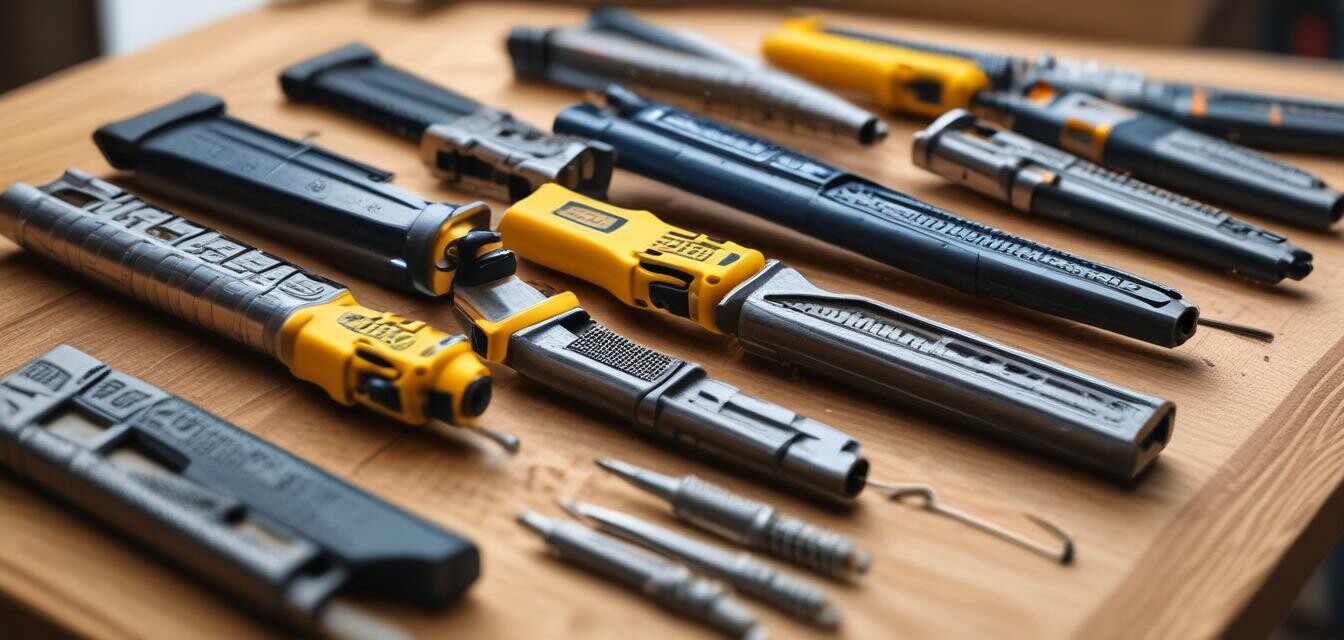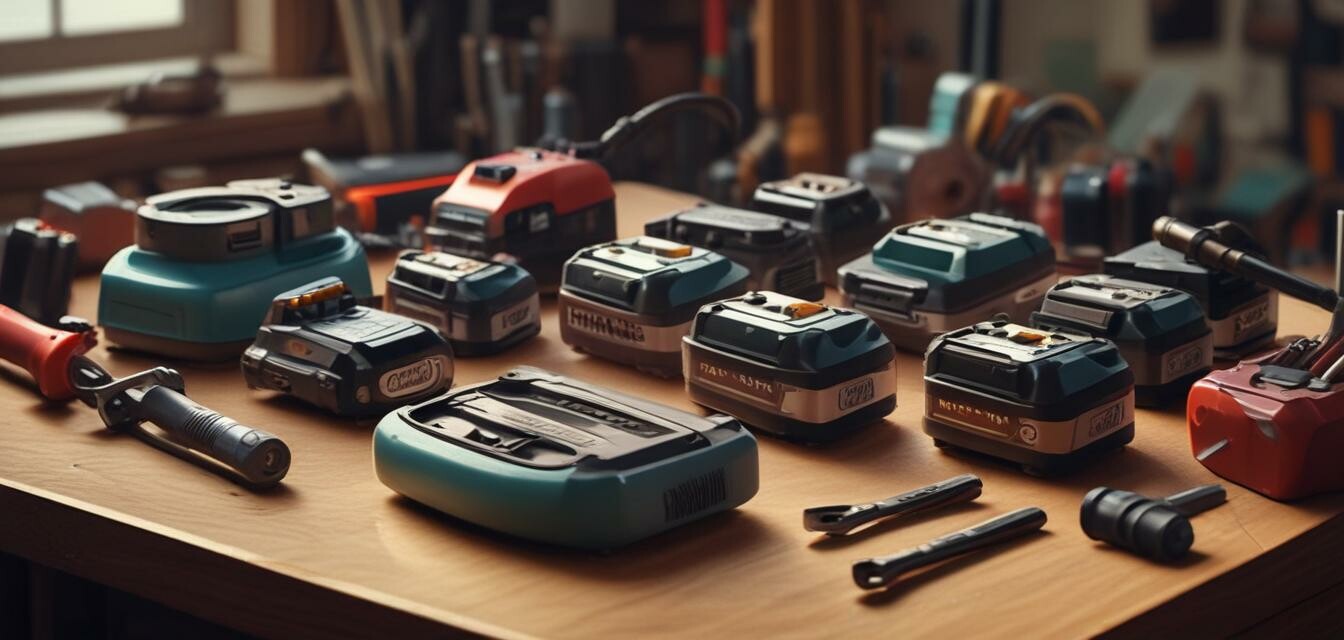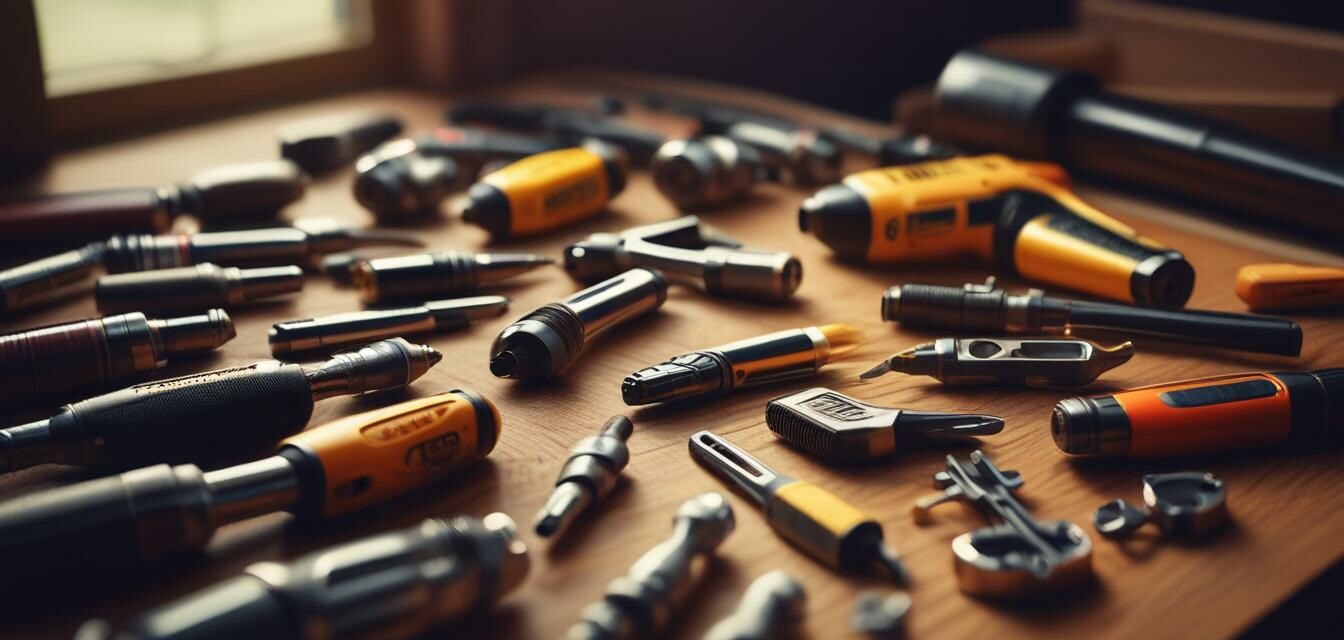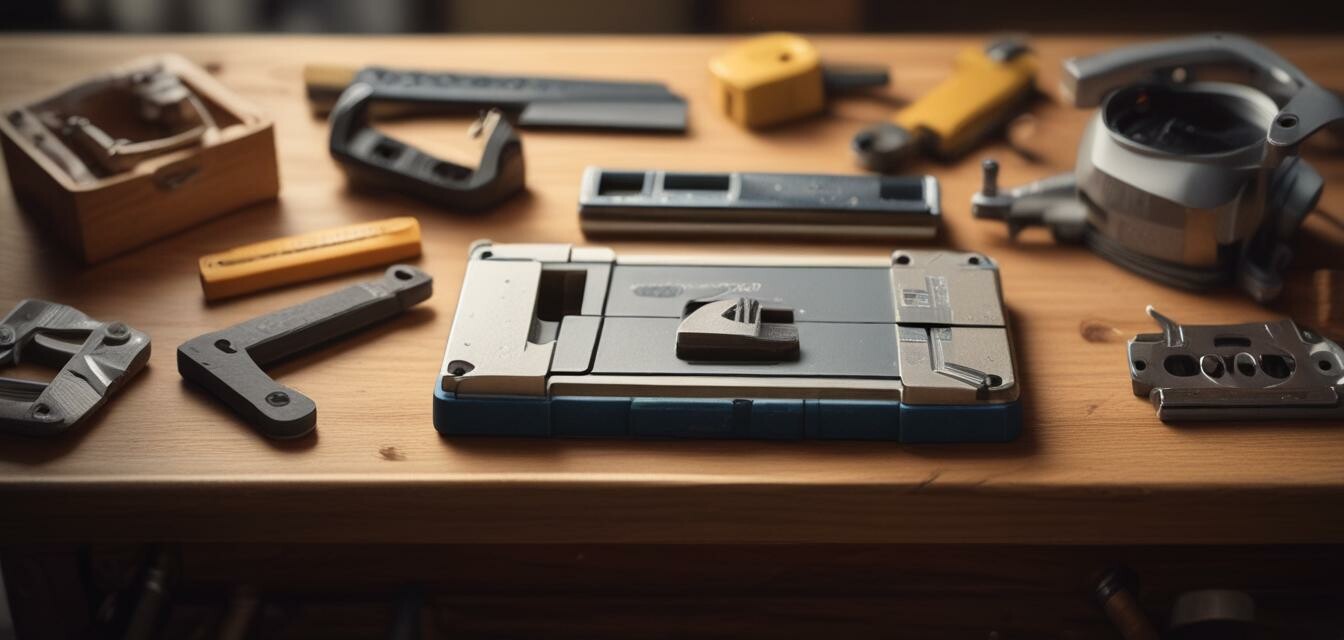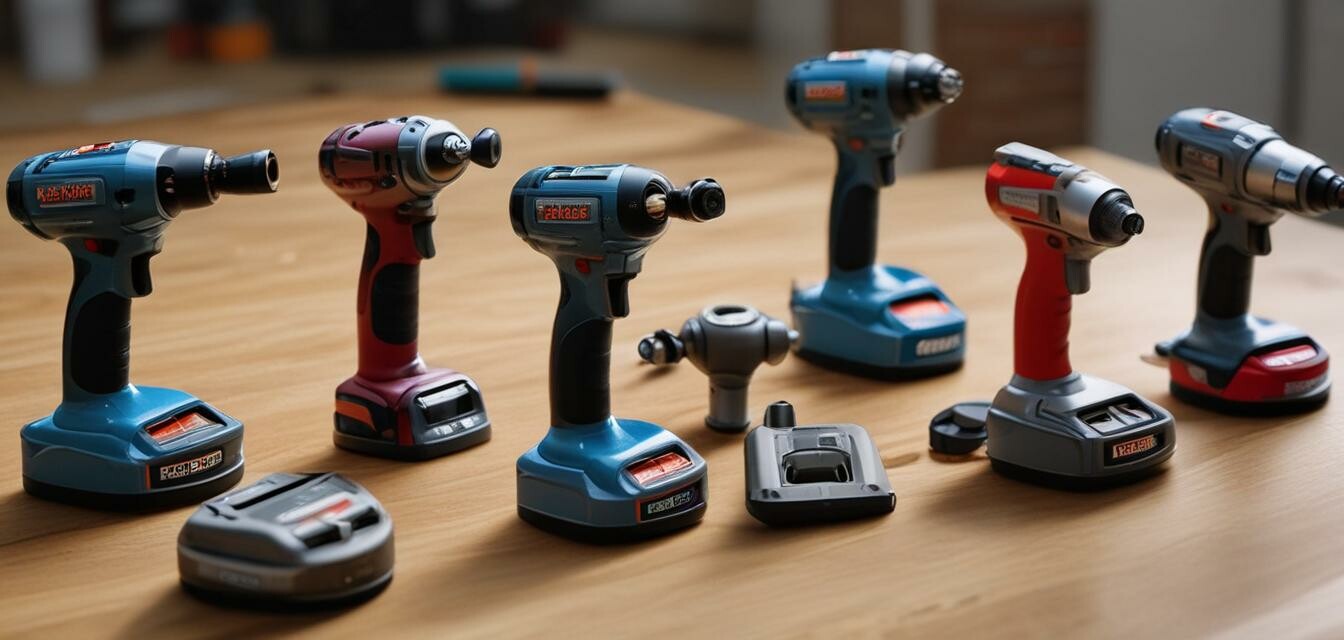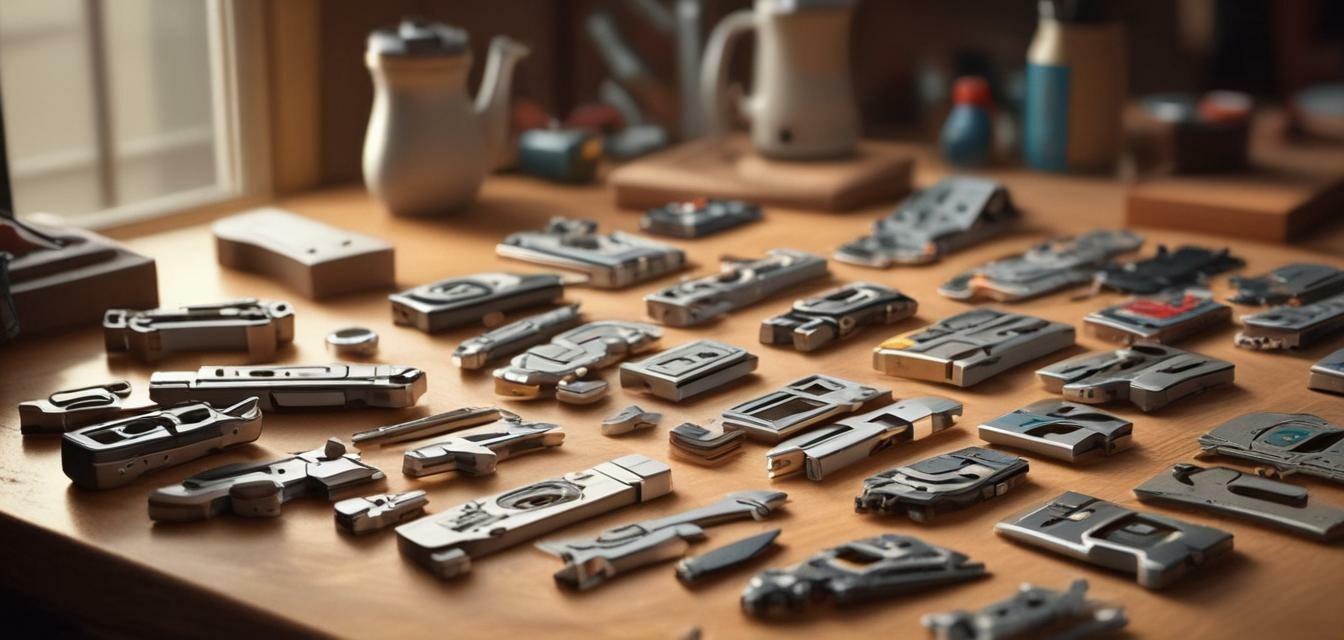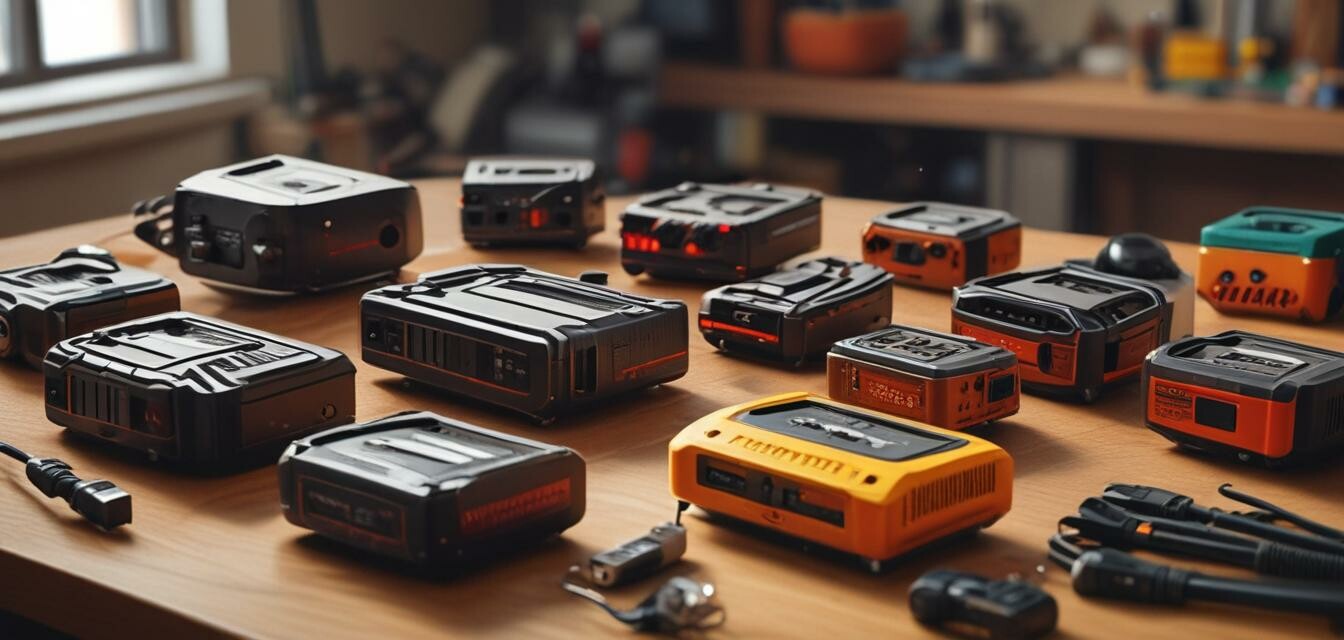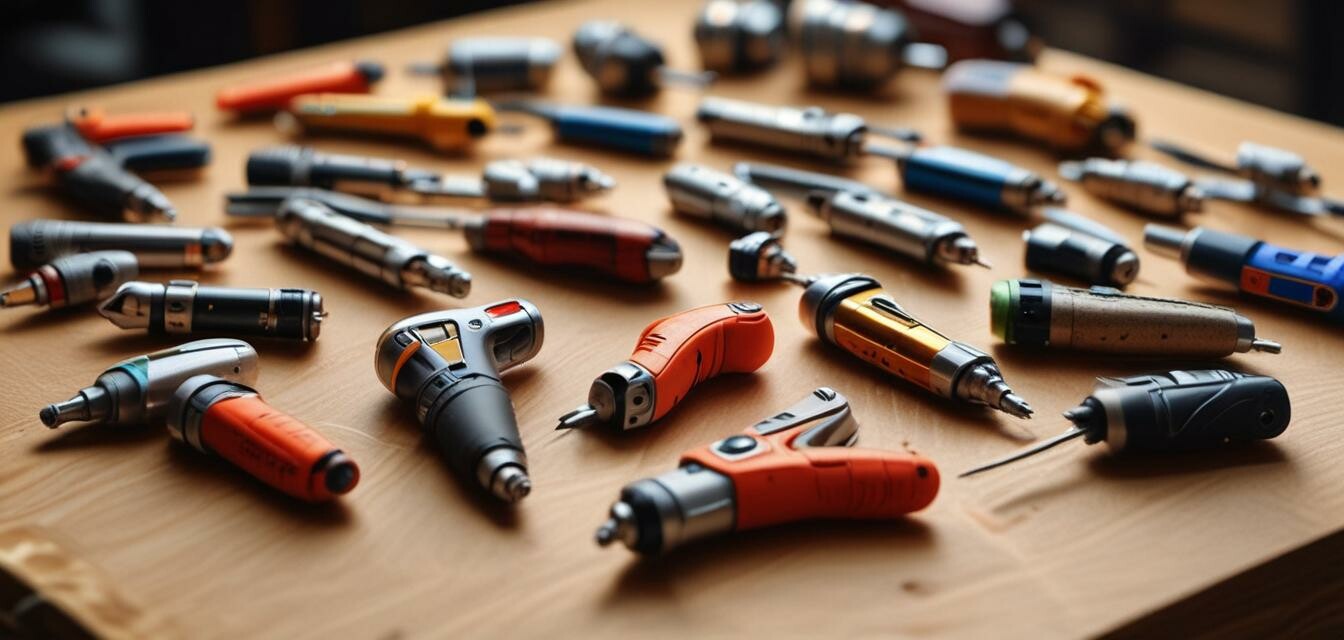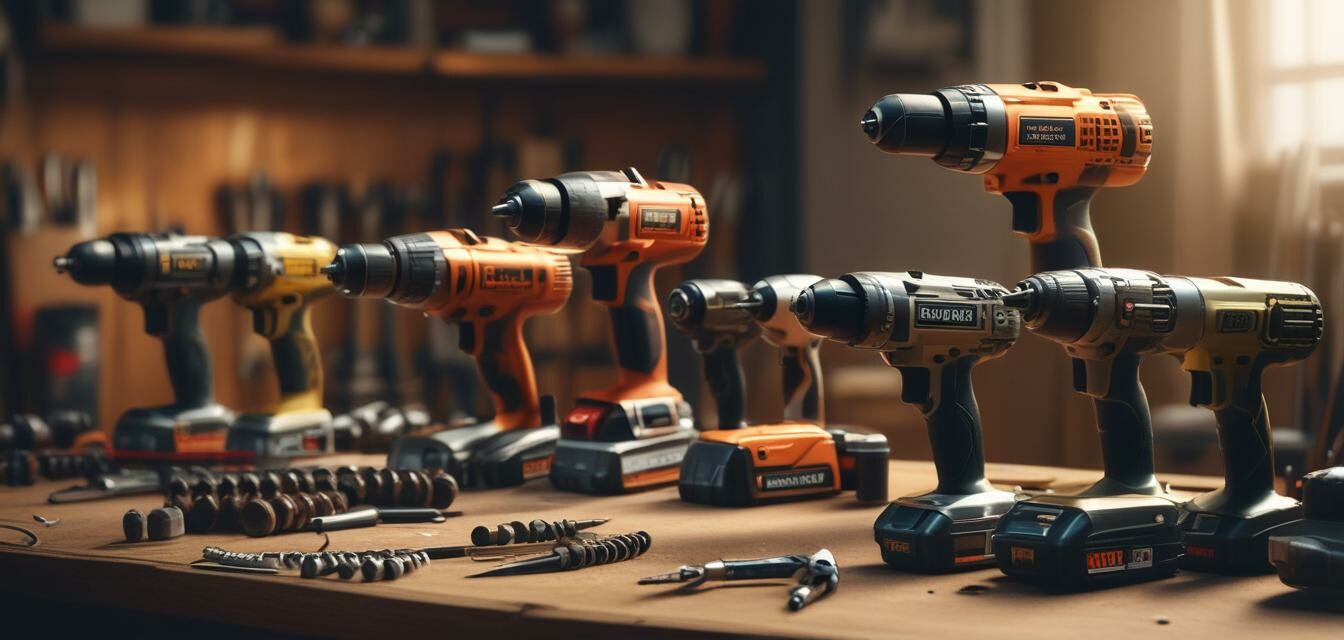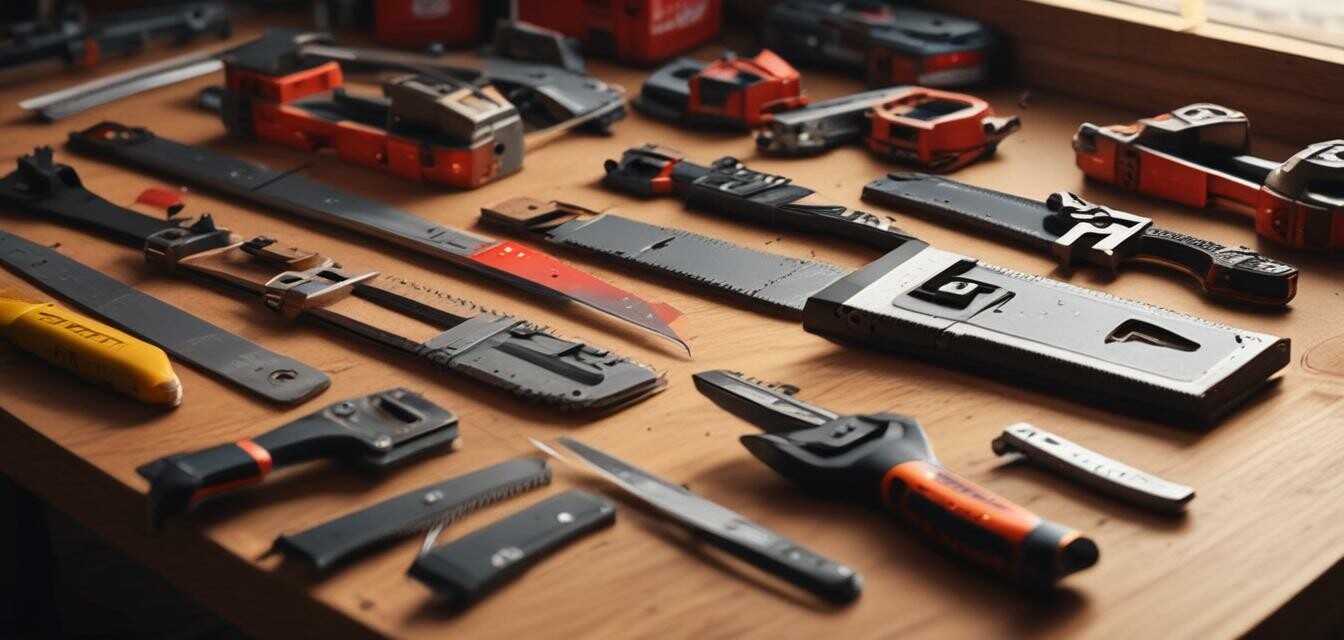
Portable Saws
Key Takeaways
- Portable saws are essential tools for contractors and DIY enthusiasts.
- They offer versatility and convenience for various cutting tasks.
- Understanding different types of portable saws can help in selecting the right one for your needs.
- Regular maintenance ensures longevity and optimal performance of your saw.
Portable saws are essential tools that provide the flexibility and ease needed for both contractors and DIY enthusiasts. Whether you're cutting wood, metal, or other materials, the right portable saw can make all the difference in your projects. In this article, we'll analyze and rate the top portable saws available, ensuring you make an informed choice for your next job.
Types of Portable Saws
Understanding the different types of portable saws is crucial for selecting the right tool for your needs. Below are the main categories:
- Circular Saws: Ideal for straight cuts in wood and other materials.
- Reciprocating Saws: Great for demolition work and cutting through various materials.
- Jigsaws: Perfect for intricate cuts and curves.
- Band Saws: Useful for cutting irregular shapes and resawing lumber.
- Miter Saws: Best for making precise crosscuts and angled cuts.
Comparison of Popular Portable Saws
| Type | Best For | Portability | Price Range |
|---|---|---|---|
| Circular Saw | Straight cuts in wood | High | $50 - $200 |
| Reciprocating Saw | Demolition and rough cuts | Medium | $70 - $250 |
| Jigsaw | Intricate cuts and curves | High | $30 - $150 |
| Band Saw | Resawing and irregular shapes | Low | $100 - $500 |
| Miter Saw | Crosscuts and angles | Medium | $100 - $600 |
Choosing the Right Portable Saw
Now that you know the different types of portable saws, it's important to consider a few factors when making your selection:
- Power Source: Battery-powered models offer greater mobility, while corded models provide consistent power.
- Blade Size: Consider what thickness of material you will be cutting.
- Weight: A lighter saw can be easier to handle and transport.
Maintenance Tips for Portable Saws
Maintaining your portable saw will ensure it functions optimally for years. Here are some maintenance tips:
- Regularly clean the saw and remove any debris.
- Check and replace blades as needed.
- Lubricate moving parts to reduce wear and tear.
- Store the saw in a dry place to prevent rust and damage.
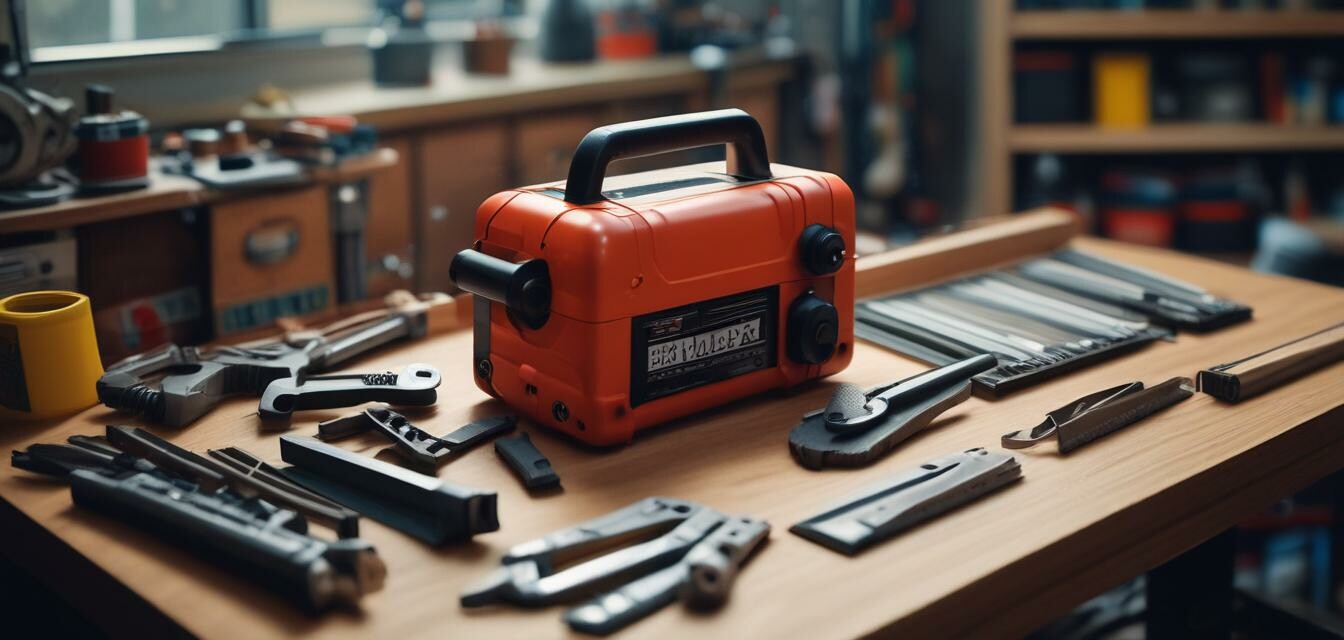
Common Uses for Portable Saws
Portable saws are incredibly versatile and can be used for a variety of tasks:
- Cutting lumber for framing or furniture projects.
- Making precise cuts for cabinetry and shelving.
- Demolition work, such as tearing down walls or structures.
- Creating intricate designs in wood or other materials.
Safety Considerations
Always prioritize safety when using portable saws. Here are some key safety tips:
- Wear appropriate personal protective equipment (PPE), including goggles and gloves.
- Ensure your work area is clear of hazards and debris.
- Follow the manufacturer's instructions for operation and maintenance.
- Keep hands and body parts away from the cutting area.
Frequently Asked Questions
What is the best portable saw for beginners?
For beginners, a jigsaw is often recommended due to its ease of use and versatility for various projects.
How do I choose the right blade for my portable saw?
Choosing the right blade depends on the material you are cutting. Always refer to the manufacturer's guidelines for blade specifications.
Can I use a portable saw for metal cutting?
Yes, certain portable saws, like reciprocating saws with the appropriate blade, can be used for metal cutting.
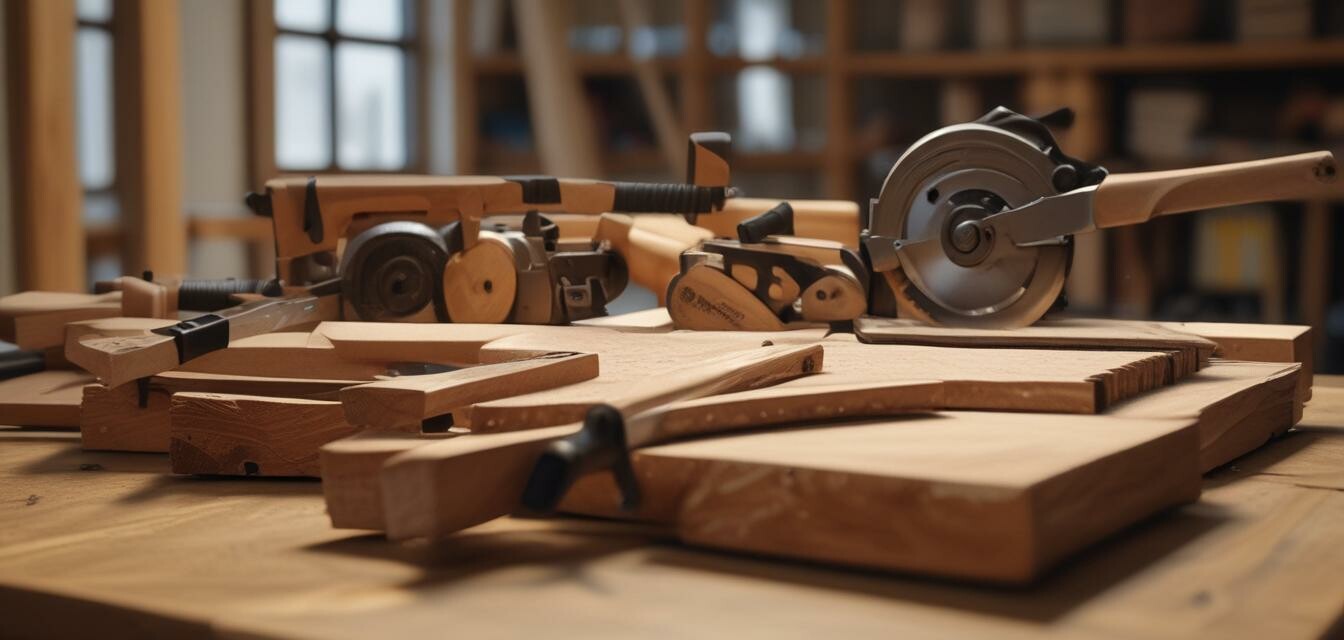
Pros
- Versatile and suitable for various materials.
- Portable options make them great for on-site work.
- Can handle a range of cutting tasks from simple to complex.
- Available in various price ranges to fit different budgets.
Cons
- Some models can be heavy and difficult to maneuver.
- Battery-powered models may require frequent charging.
- Improper use can lead to accidents or injuries.
Conclusion
In conclusion, portable saws are invaluable tools for anyone involved in construction or DIY projects. By understanding the different types, maintenance requirements, and safety precautions, you can enhance your efficiency and ensure the longevity of your equipment. For more detailed information on specific types, check out our guides on Angle Grinders, Cordless Drills, Impact Drivers, Multi-Tools, and Sanders.
